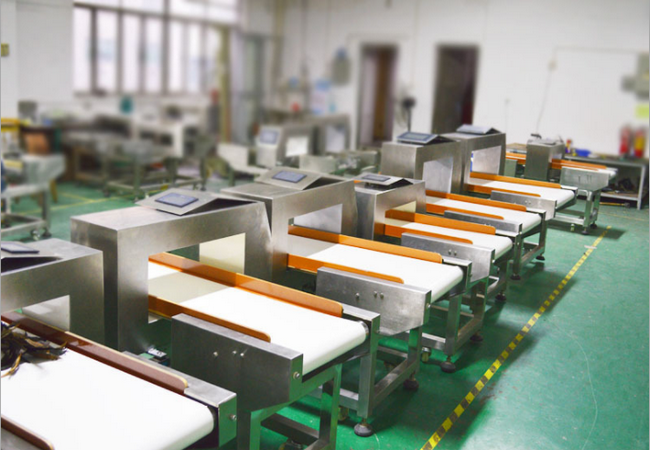Metal detectors generally use a working frequency of 80~800kHz when detecting food. The particularity of this equipment is that the lower the Hz, the higher the accuracy of detecting products and the more stable the detection sensitivity of magnetic metals. It is not that the lower the hertz, the better, and the hertz used to detect different metals is also different. The purpose of this is to make it match the parameters of metal detection. For example, if we need to detect high carbon steel, we can use a higher hertz.

In order to ensure that the sensitivity does not decrease, it is necessary to select a suitable metal detector to adapt to the corresponding detection products. Generally speaking, the detection range should be controlled at the lower limit as much as possible. For products with good high-frequency sensitivity, the size of the metal detector channel should be To match the size of the product, the adjustment of the detection sensitivity should be determined with reference to the center of the detection coil, and the sensitivity in the middle position is very low. The detection value of the product will change with the change of production conditions, such as changes in temperature, product size, humidity, etc.
The characteristics of the food metal detector are also related to the nature of the metal to be detected. Its sensitivity to product detection also depends entirely on the corresponding direction of the metal, and the detection effect of different positions is also different.